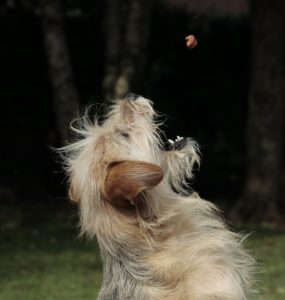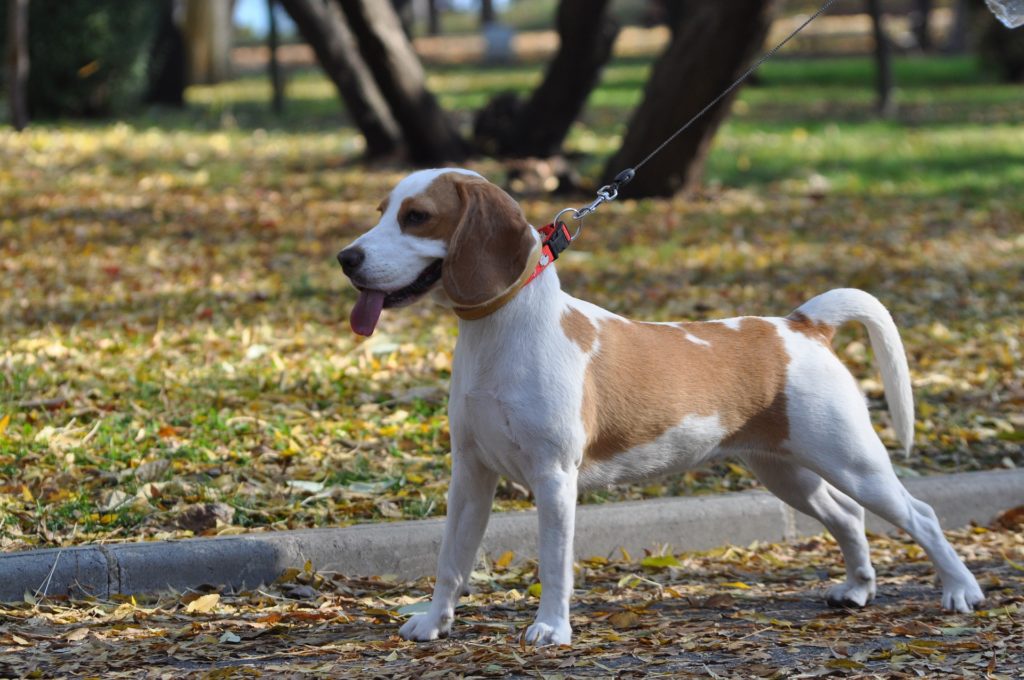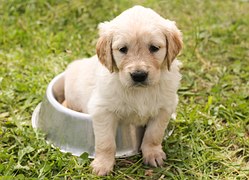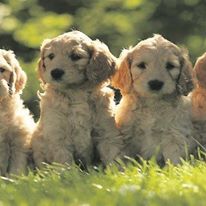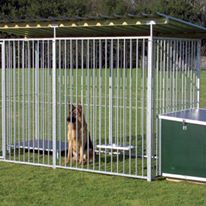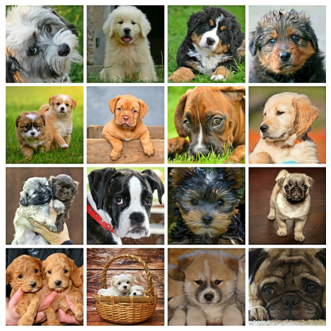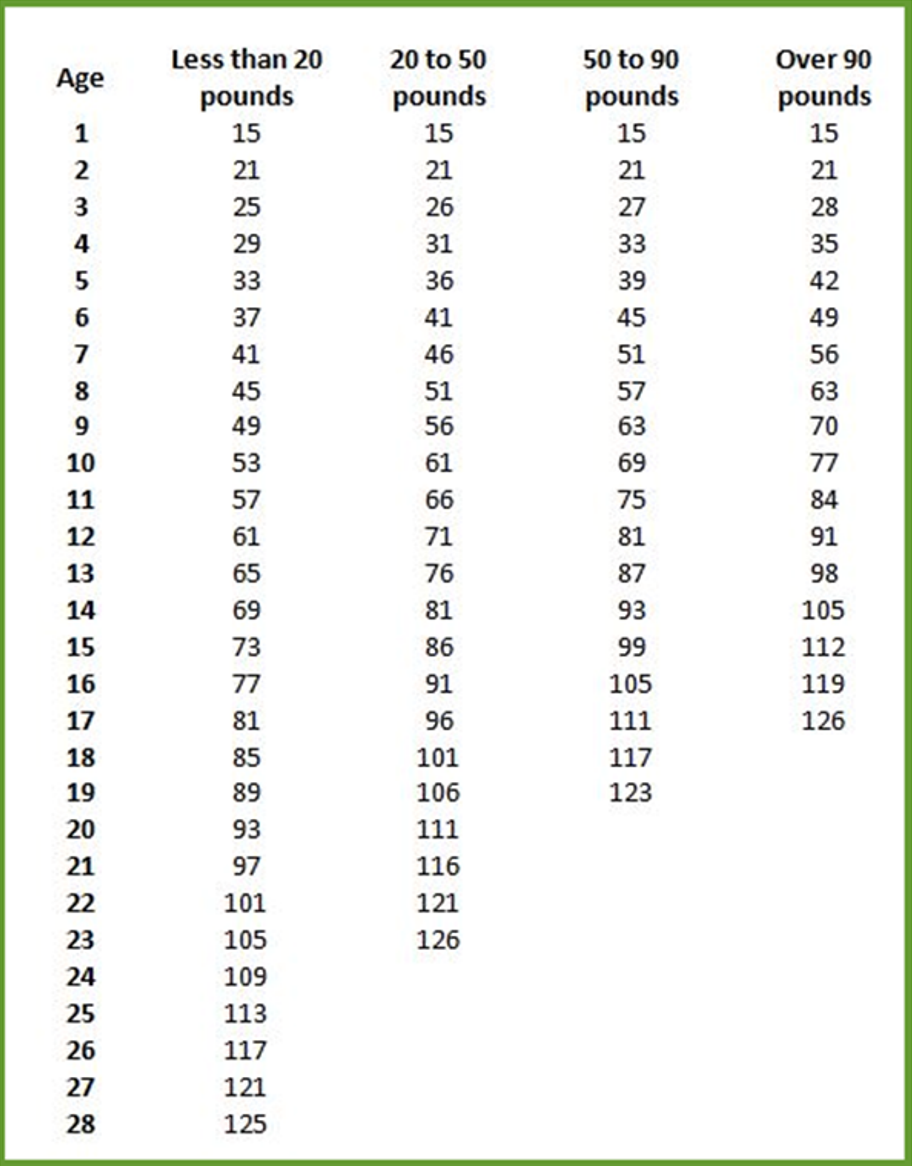Does your dog leave you with a mess to clean up every time you leave them home alone? At Slaneyside Kennels and Runs, we understand the frustration you get when you come home after a hard’s day work having to clean up after them. If you are looking to buy a home for your dog, then here’s why you should consider a timber infill kennel.
What are Timber Infill Kennels?
Timber Infill Kennels are the most popular choice when choosing dog homes. At Slaneyside Kennels and Runs, we use galvanised stainless steel sheets that stop your dog from hurting themselves by chewing through the panels. The materials that are used will help to protect your dog from all types of weather which gives the dog kennels we produce the best life span possible.
What’s inside Timber Infill Kennels?
The infill of the kennel is made of pressure treated tongue and groove ship lap timber. All our wooden sheds are 6-foot-high and consist of two access routes.
The full height door allows you to enter your pet’s house where you can change their bedding and be able to feed them. A panel trapdoor can be added as an extra accessory to allow your dog to enter and exit their sleeping area.
Why choose Slaneyside Kennels and Runs?
We want you to tell us apart from our competitors in knowing where your products have come from. Our professional manufactures have the expertise in building brand new dog sheds on site that suit both you and your pet. All our kennels are made to the top quality standards and are 100% Irish. They are rust-free and are designed to protect your dog from any pesticides that are loitering around your back garden.
Contact
If you would like to view our special offers on our Timber Infill Kennel range or would like to discuss a customised design you had in mind, then please email Donal Kehoe at slaneyside@gmail.com or phone: 053-93-88567 / Mobile: 0877959550


